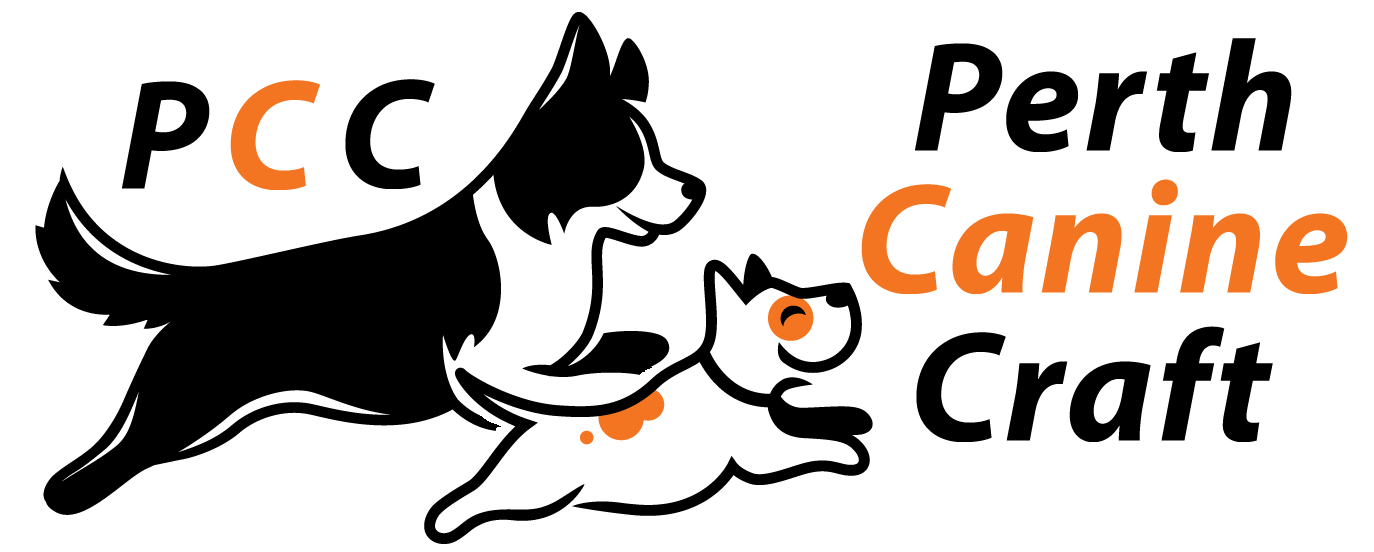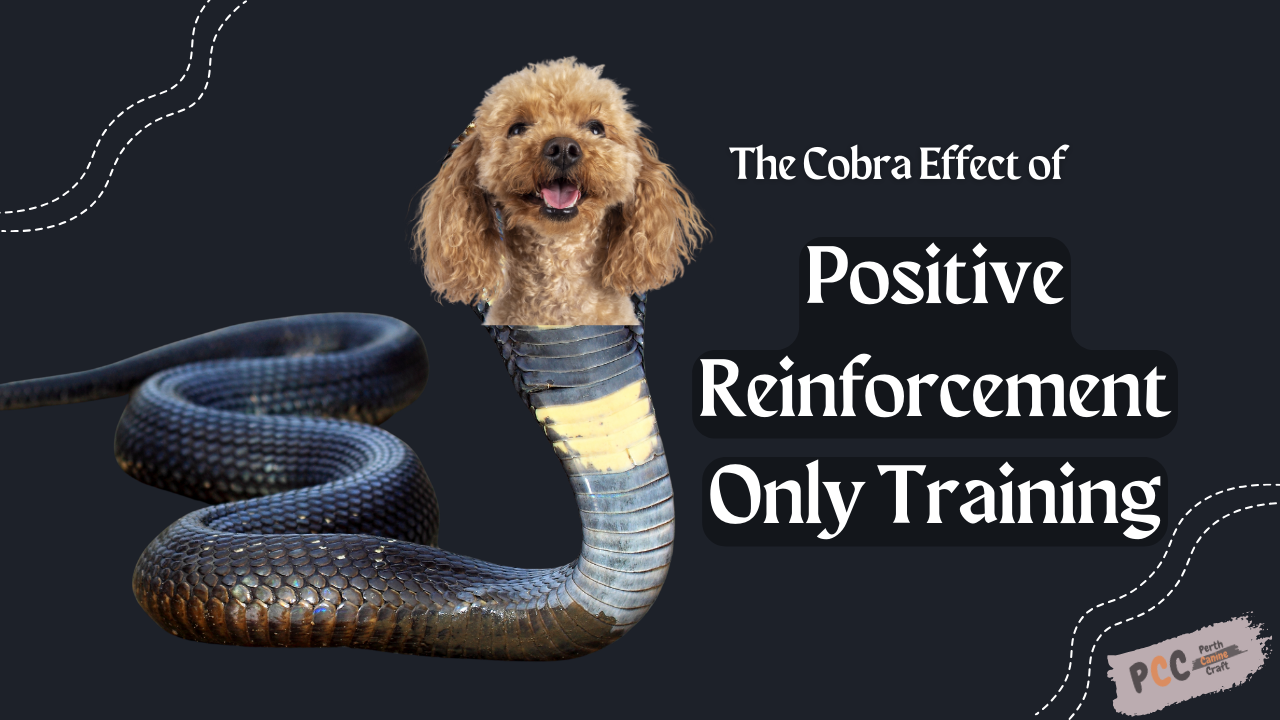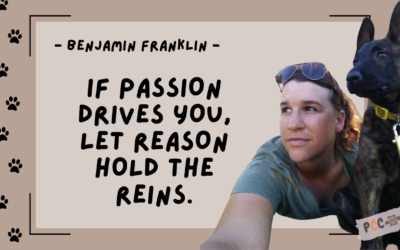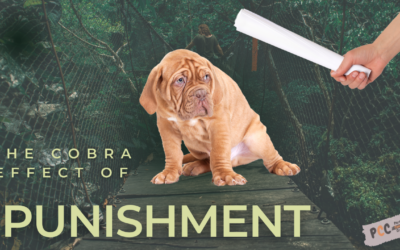In the realm of dog training, the quest to shape desired behaviours often leads us down different paths. One approach gaining traction is positive-only reinforcement, which focuses on rewarding desired behaviours to encourage their repetition. While this method holds promise, it’s essential to navigate its nuances to avoid unintended consequences akin to the Cobra Effect. Join me as we explore the trade-offs and potential pitfalls of positive reinforcement-only dog training.
Unveiling the Trade-offs: Positive reinforcement training seeks to instil behaviours we desire from our canine companions. However, in our pursuit of obedience, we must tread carefully to avoid inadvertently reinforcing undesired behaviours or creating new challenges. Let’s delve into the trade-offs:
- The Value of Rewards: Rewarding desired behaviours is pivotal, but the reward must match the effort. Offering a pat on the head may seem rewarding to us, but if it doesn’t resonate with the dog (you will see it in the dog’s body language), it can inadvertently punish the desired behaviour, diminishing its likelihood in the future.
- Reinforcing Unwanted Behaviors: Consistent rewards, intentional or not, can reinforce behaviours we don’t want. For instance, rewarding a dog for loose leash walking may inadvertently reinforce pulling behaviour if the reward is given while the dog is striving to reach a desired destination.
- Instinctual Reinforcement: Dogs are driven by instinctual behaviours, which can sometimes overshadow the allure of desired actions. Jumping, for example, maybe more inherently rewarding for some dogs than sitting, making it challenging to shift their focus solely through positive reinforcement.
- Unintended Associations: Teaching alternative behaviours can backfire if not executed thoughtfully. Associating sitting with jumping, for instance, may inadvertently reinforce the jumping behaviour if the dog perceives it as a precursor to sitting to then receiving a reward.
- Timing Is Key: Distractions can be useful tools, but their timing is critical. Offering a distraction after the unwanted behaviour occurs may inadvertently reinforce it, leading to a perpetual cycle of unwanted actions. For when a puppy mouths you, you then offer a toy while the puppy is mouthing you leads a puppy to think: ‘Oh, to get a toy I should mouth you.’
As we navigate the complexities of positive reinforcement-only dog training, it’s imperative to remain mindful of the Cobra Effect lurking in the shadows. While our intentions may be noble, unintended consequences can arise if we fail to consider the nuances of canine behaviour and the intricacies of reinforcement. Let’s strive for a balanced approach, where rewards are thoughtfully administered, and behaviors are shaped with foresight and intentionality. Stay tuned as we delve deeper into the Cobra Effect within the dog training industry in the next instalment.
Together, let’s embark on a journey towards effective, mindful dog training, steering clear of the pitfalls that lie in wait.





0 Comments